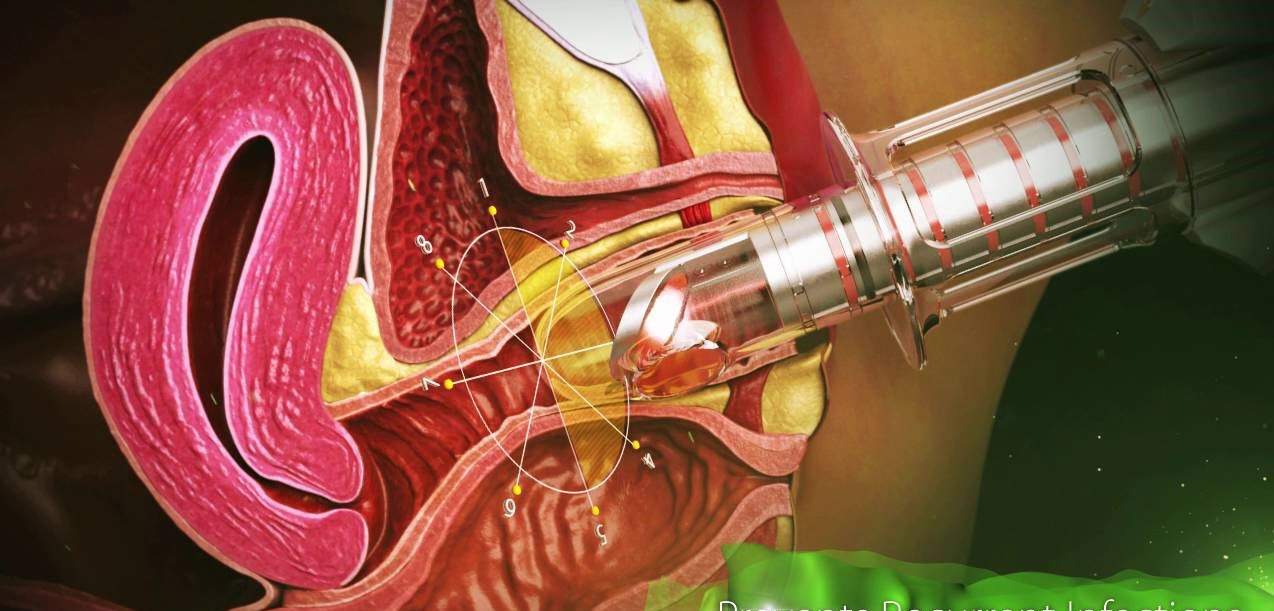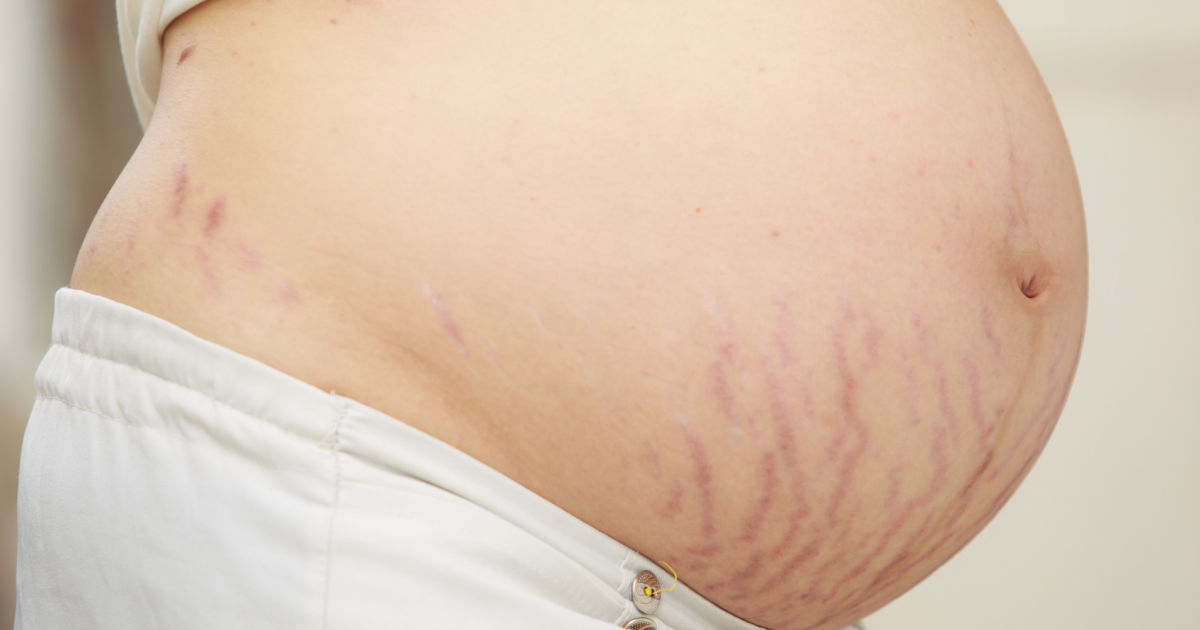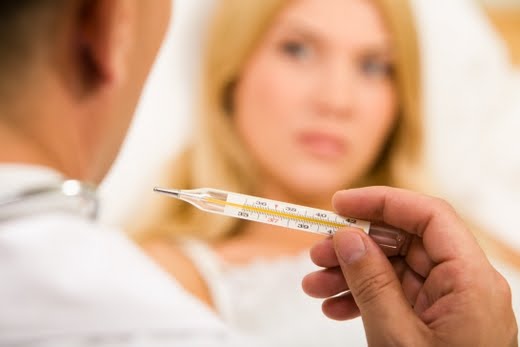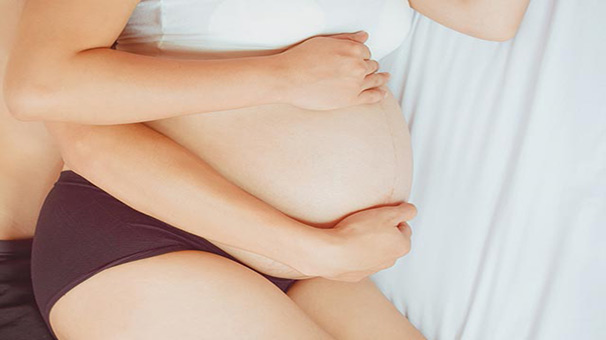Chocolate Cysts (Endometrioma)
What is a chocolate cyst? How is it formed?
Chocolate cysts are cysts that form in the ovaries, are non-cancerous and contain a tar-like liquid. The cyst is called “chocolate cyst” or “endometrioma” because of its melted chocolate-like appearance.
There are pathologically endometrial implants in the chocolate cyst, that is, the inner tissue of the uterus where we menstruate, and this fluid is actually old menstrual blood. Chocolate cysts can affect one or both ovaries, the liquid in it is toxic.
Chocolate cysts, namely endometriomas, are a subgroup of the “Endometriosis” disease. It usually means that the endometriosis disease is severe.
What are the causes?
There is much debate about how and why chocolate cysts form. The most accepted theory; Retrograde is the theory of retrograde menstrual bleeding. According to this theory, menstrual blood containing endometrial cells flows backwards from the fallopian tubes and empties into the pelvic cavity, that is, into the abdomen. These displaced endometrial cells attach to the pelvic walls and surfaces of the pelvic organs, where they grow and continue to thicken and bleed throughout each menstrual cycle.
Why is it so common in women?
Who gets chocolate cysts more? What are the symptoms?
Chocolate cysts are common in women with endometriosis. Endometriosis is the pathological involvement of the inner lining of the uterus, known as the endometrium, outside the uterus, and is a disease that can spread anywhere in the ovaries, fallopian tubes, and intestinal surfaces in the abdomen. The prevalence of this disease, that is, pathologically endometrial implants, causes severe pain and sometimes infertility.
Chocolate cysts may cause some symptoms or no complaints, and may be detected completely by chance. The size of the cyst may also not affect the severity of symptoms. So a woman with a small chocolate cyst may have symptoms, while someone with large chocolate cysts may have no symptoms. The size of the cysts can usually vary between 2 – 12 cm.
Symptoms :
- painful, cramp-like menstrual bleeding
- pelvic pain not related to the menstrual cycle
- irregular menstrual bleeding
- pain during sexual intercourse
- infertility
When the chocolate cyst bursts, there may be severe, sudden abdominal and groin pain on the side of the cyst. When the PKist explodes, it requires immediate action.
What are the treatment methods? Can it be treated other than surgery?
There are some critical factors in choosing the treatment method; your age, your symptoms, whether one or both of the ovaries is affected, whether you want to have children…etc.
If the chocolate cyst is small and asymptomatic, your doctor may suggest following up with a birth control pill or GnRH analogues, thus helping to prevent the cysts from growing and reducing the pain.
In which cases should surgery be performed? Will chocolate cysts occur again after the surgery?
Cystectomy, i.e. surgery to remove cysts, is usually recommended in the following cases:
- If it causes pain
- cysts larger than 5 cm
- Possible cancer? (less than 1 percent of cysts)
- infertility
Surgery on chocolate cysts is controversial as it can negatively affect fertility. Even if the surgeon is very skilled, some healthy ovarian tissue may also be damaged when removing the chocolate cyst. This can adversely affect ovarian reserves. However, the damage and toxic environment that the chocolate cyst itself will cause to the healthy ovarian tissue is more than the surgery.
About 30 percent of surgically removed chocolate cysts can recur, especially if they are large. Getting pregnant after surgery can reduce the risk of recurrence.
Does chocolate cyst prevent pregnancy?
Chocolate cysts can invade healthy ovarian tissue, severely reducing ovarian reserves. These cysts are very difficult to treat with medications, and surgery to control the growth of the cyst or to remove the cyst completely can damage the ovaries and reduce fertility.
Women with chocolate cysts have less egg reserve, less quality eggs, and higher FSH levels than other healthy women. However, many women can still get pregnant naturally.
In vitro fertilization (IVF), or in vitro fertilization, is a viable option for women who have chocolate cysts and have difficulty getting pregnant. Because cohesion and obstruction in the fallopian tubes are frequently observed with chocolate cysts.
Does chocolate cyst go away during menopause?
For many women, symptoms related to endometrioma (chocolate cyst) and endometriosis will improve after menopause. However, this is not always certain. Your doctor may create a temporary menopausal state with GnRH analogues or suggest removing your uterus and ovaries to relieve symptoms. However, unfortunately, it is not always possible to control the pain due to endometriosis implants that have spread into the abdomen .
Gynecologist Dr. Yeşim Yercok
Gynecology Obstetrics and IVF Specialist
Appointment Tel: 0216-3851715
Instagram: @dryesimyercok









